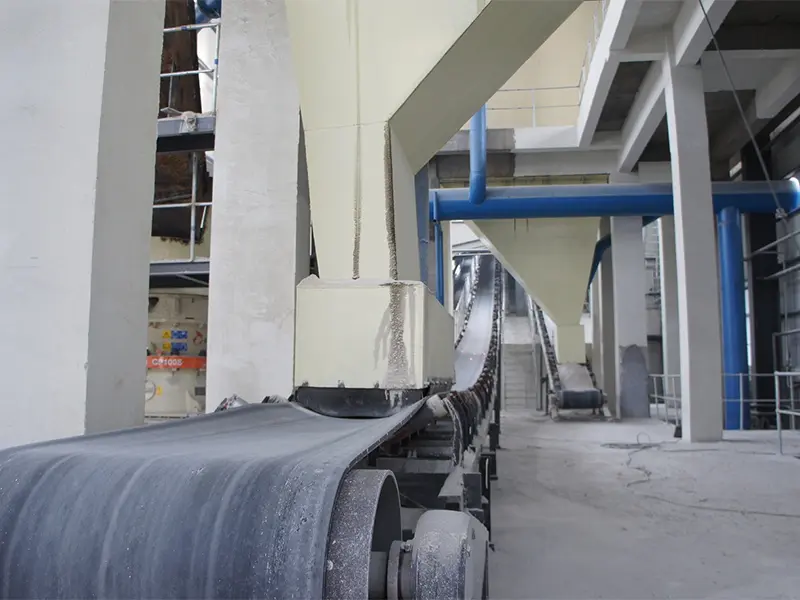Optimizing Bulk Material Handling with Belt Feeders
2025-04-25
In the world of mining and industrial material processing, efficient and reliable feeding systems are the backbone of productivity. Among these systems, the belt feeder stands out for its strength, flexibility, and smooth material delivery. Here’s why it’s a preferred choice across demanding environments.
Engineered for Pressure-Intensive Applications
Unlike standard conveyors, belt feeders are built to endure greater pressure from bulk materials. This makes them especially suitable for mining operations, where constant, regulated feeding is critical to prevent material surges and equipment overload.
Continuous Feeding for Uninterrupted Operation
The belt feeder receives material via an ore feeding funnel. Once inside the system, the material rests on the belt's surface and moves forward as the AC speed-regulating motor drives the belt at a controlled pace. This slow, steady movement ensures:
· Smooth material transfer
· Stable loading to the next processing stage
· Minimal risk of blockages or overflow
Highly Adaptable System Design
Depending on the scale and layout of your operation, belt feeders can be configured in multiple ways:
· Operate individually for straightforward tasks
· Be linked in sequence with other belt feeders
· Work with other equipment to form horizontal or inclined conveying systems
This flexibility supports a wide range of project needs and allows seamless integration into custom production lines.
Performance Advantages
· Consistent Feeding: Prevents surges, optimizing downstream processes
· Durability Under Load: Designed for long-term use in rugged environments
· Precise Speed Control: Thanks to the AC motor, feed rates can be adjusted as needed
From ore handling to material transfer in processing plants, the belt feeder is a trusted tool for achieving consistent flow and system stability. Its robust design and operational flexibility make it an ideal solution for mining and heavy industry projects that demand reliable, continuous feeding under pressure.



